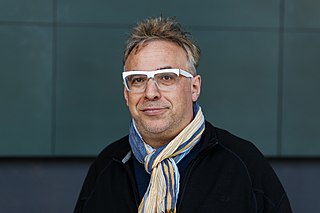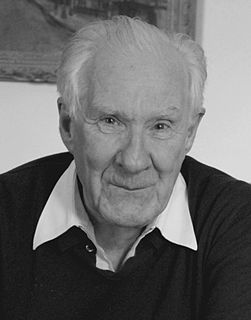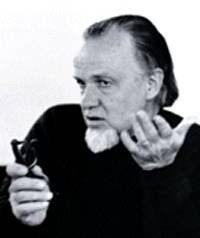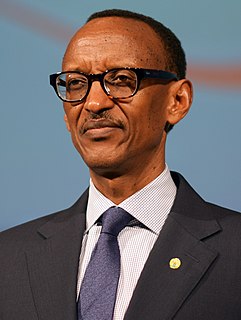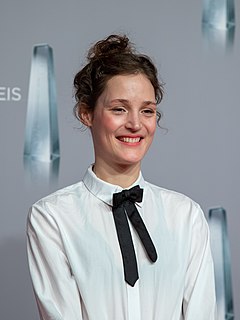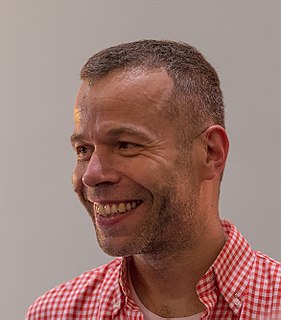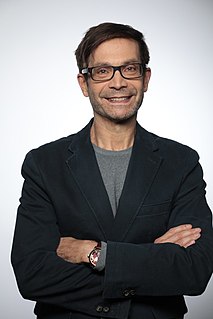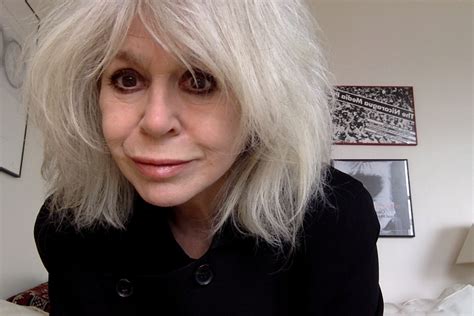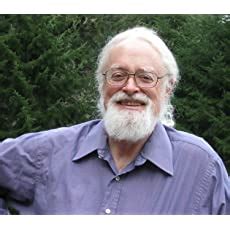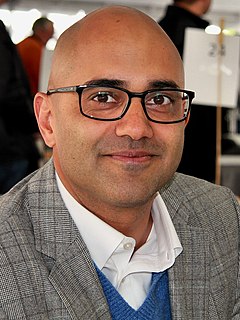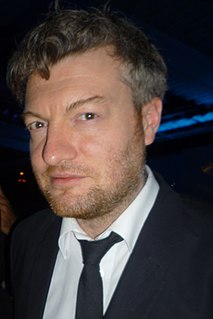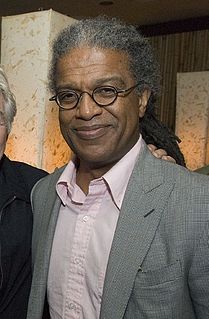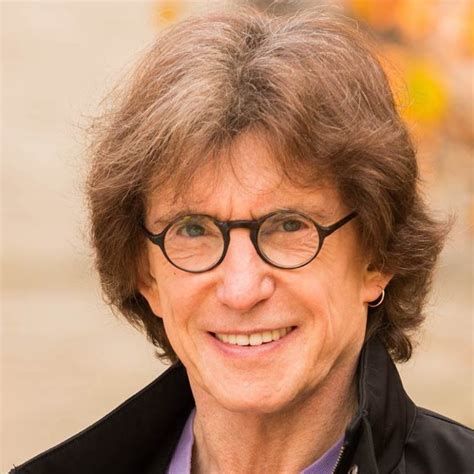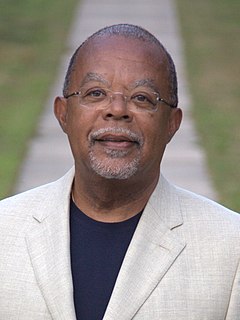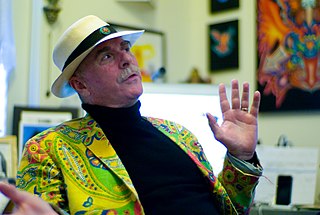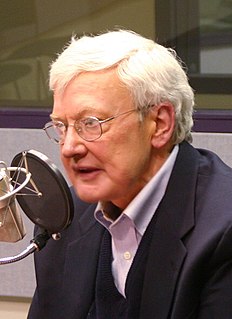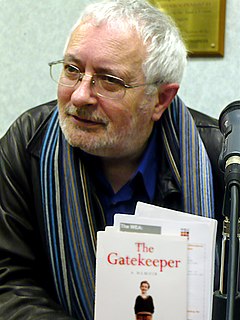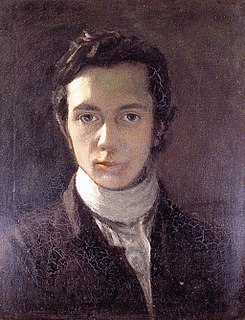A Quote by Rosalind E. Krauss
Photographic cropping is always experienced as a rupture in the continuous fabric of reality.
Quote Topics
Related Quotes
... what is faked [by the computerization of image-making], of course, is not reality, but photographic reality, reality as seen by the camera lens. In other words, what computer graphics have (almost) achieved is not realism, but rather only photorealism - the ability to fake not our perceptual and bodily experience of reality but only its photographic image.
In Rwanda, we have a society that has experienced a very serious rupture and you can't expect all of a sudden that things will be perfect. Even so: You cannot find any more areas where any segment of the population would be afraid to go, like we used to have before. But there is always a lot more to do.
Knowledge is a continuous fabric, in which ideas are connected to other ideas. Reason-free zones, in which people can assert arbitrary beliefs safe from ordinary standards of evaluation, can only corrupt this fabric, just as a contradiction can corrupt a system of logic, allowing falsehoods to proliferate through it.
I want the pictures to be working in both directions. I accept that they speak about me, and yet at the same time, I want and expect them to function in terms of the viewer and their experience. With these abstract pictures, although the eye recognizes them as photographic rather than painted, the eye also tries to connect them to reality. There's always this association machine working in the brain, and that is why it is important to me that they are actually photographic and not painted.
Art photography, although long since legitimized by all the conventional discourses of fine art, seems destined perpetually to recapitulate all the rituals of the arriviste. Inasmuch as one of those rituals consists of the establishment of suitable ancestry, a search for distinguished bloodlines, it inevitably happens that photographic history and criticism are more concern with notions of tradition and continuity than with those of rupture and change.

